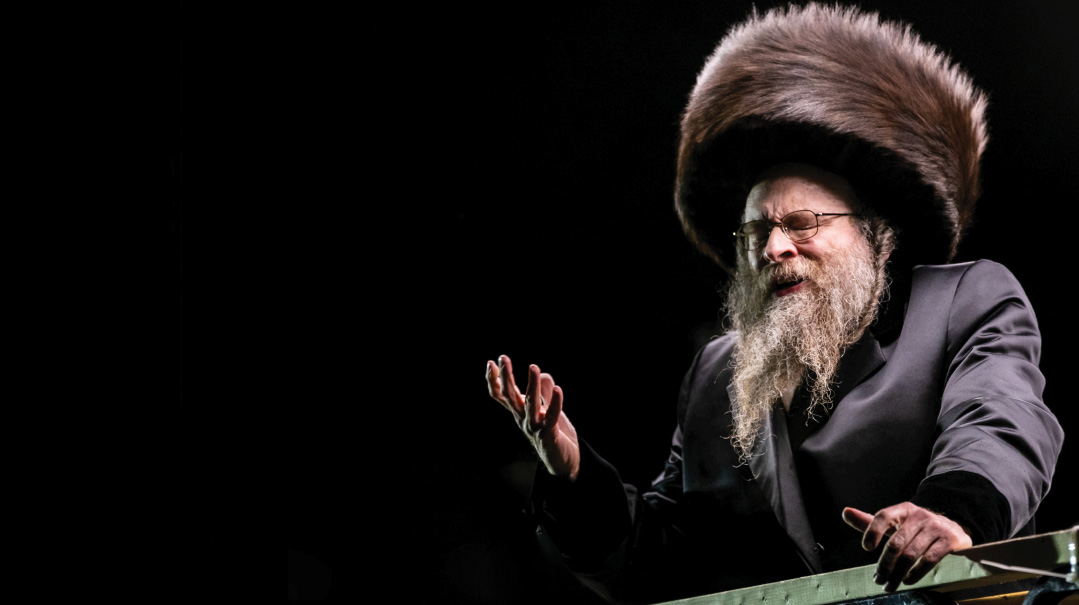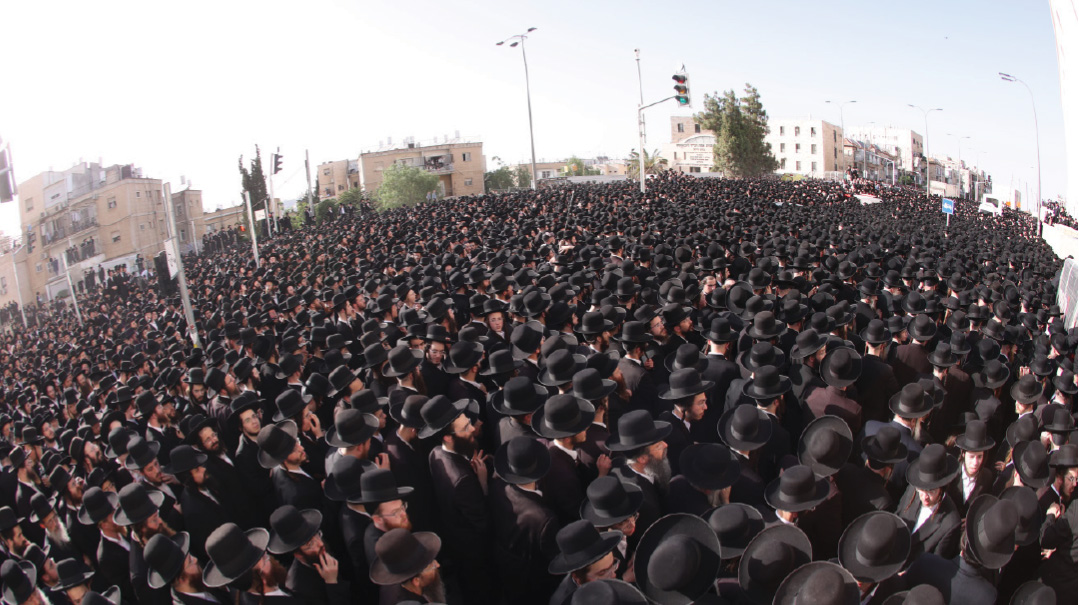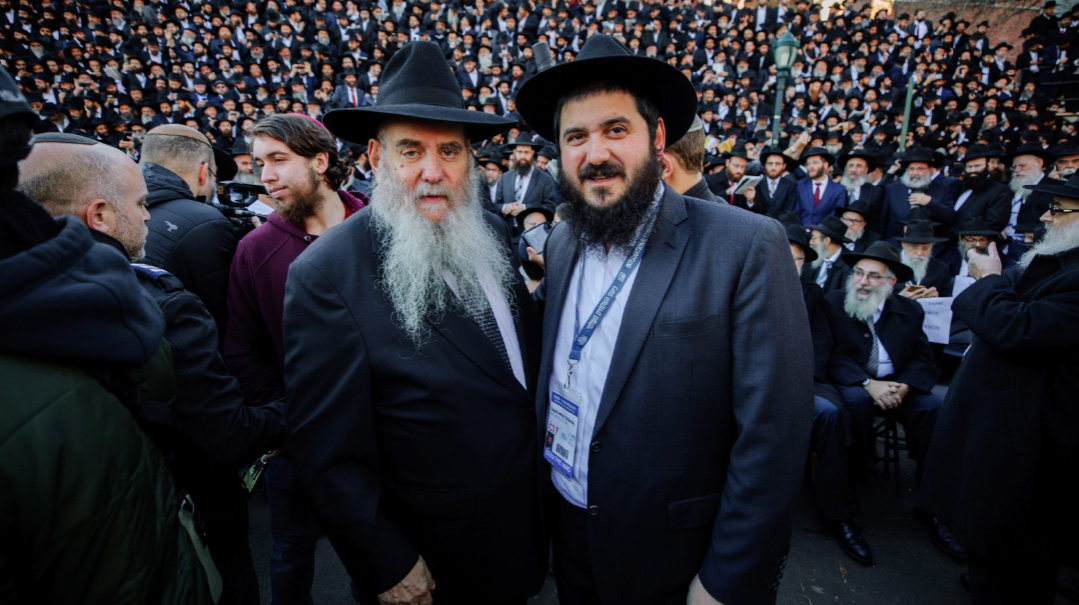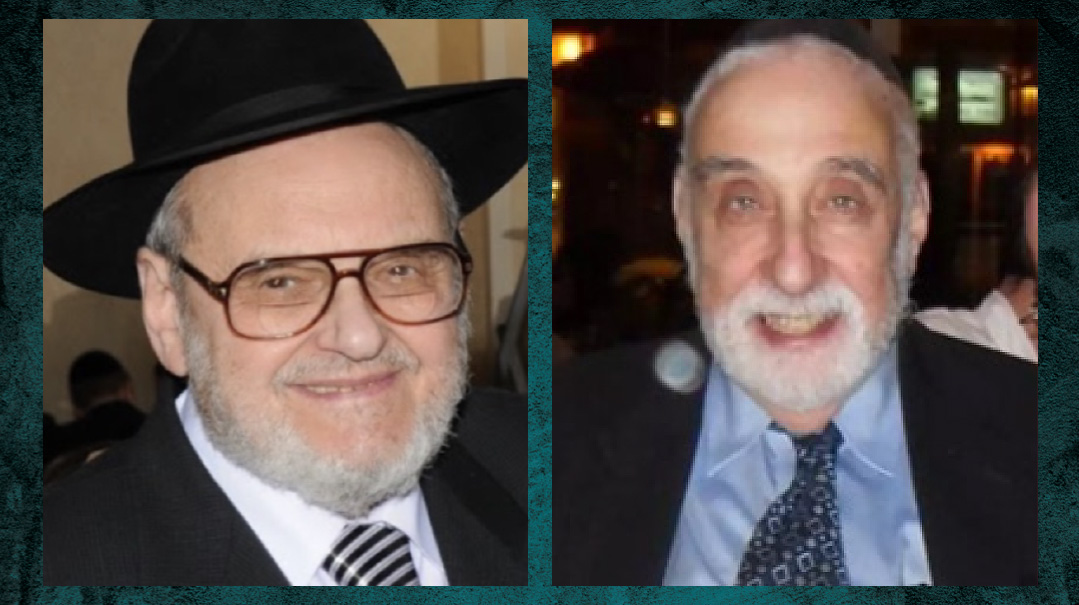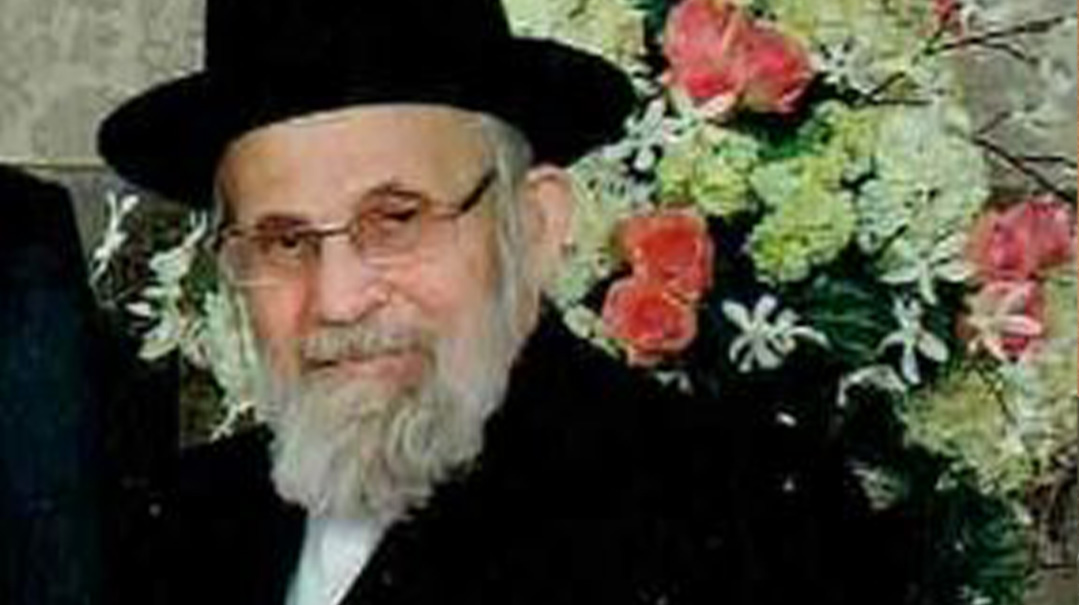The Wisdom to Build

A Tribute to Rav Shlomo Braunstein ztz”l
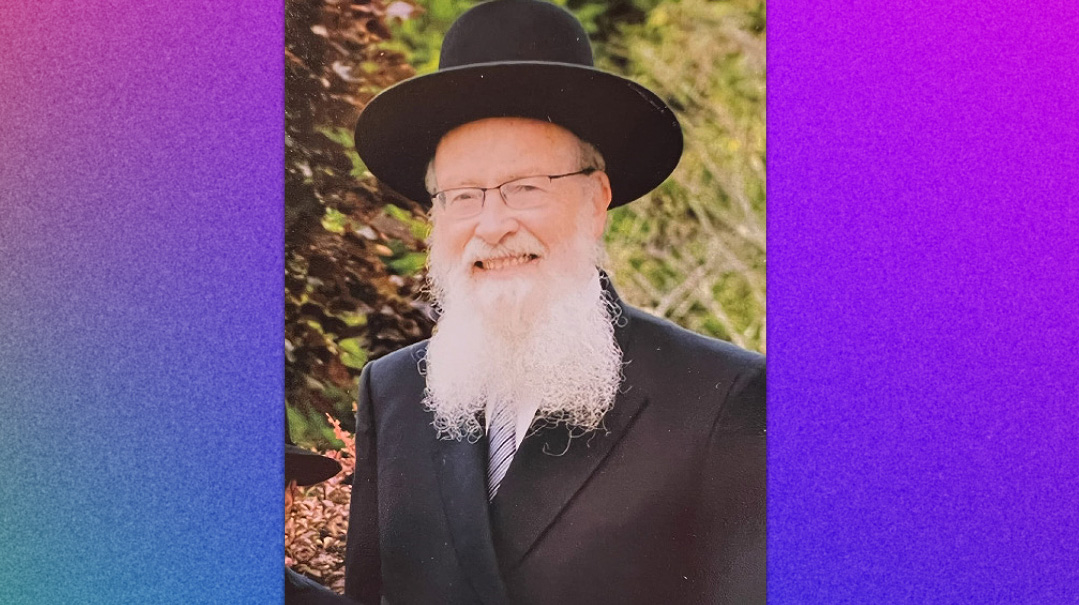
I
can’t say I feel worthy of writing a tribute to Rav Shlomo Braunstein ztz”l. I didn’t learn in the mesivta of Yeshivas Rabbeinu Chaim Berlin, where he served as the menahel for 17 years, nor was I a member of Yeshivas Darchei Noam or Kollel Emek Halacha, where he delivered hundreds of shiurim. I first met him a few years ago, when I attended a Shalosh Seudos at which he was the guest speaker. I’d never heard him before, but as soon as he rose to speak, it was clear that his Torah was radiant as it was ingenious, the influence of his beloved rebbi, Rav Yitzchok Hutner ztz”l, evident in his every word.
After that, I called Rav Shlomo on several occasions. Every call was a shiur unto itself. There was no area of Torah I discussed with him that he wasn’t intimately familiar with, down to the finest nuances. He’d listen to a question and then offer an approach that bespoke a rare creativity, one he could offer only because he was connected to the shoresh of Torah itself.
ATthe levayah, Rav Michel Guzik, who worked with Rav Shlomo as segan menahel of the mesivta, mentioned that when he needed advice on issues that came up, he would say, “I need some chochmas Shlomo.” It was meant as a pun, perhaps, but it carried the ring of truth.
Shlomo Hamelech’s wisdom was a faculty of the soul rather than the mind. “Hinei nasati lecha lev chacham v’navon — Behold I have given you a heart of wisdom and understanding” (I Melachim 3:12). Rav Shlomo Braunstein, bearer of the same sacred name, sparkled with an ember of that ancient promise. From the depths of his heart, he gave over so much chochmas Shlomo. Over the years he delivered myriad shiurim, shmuessen, and maamarim, but they were always fresh. He was sharing his heart’s wisdom, and with each heartbeat came another chiddush, another burst of ruchniyus born anew, shared with so much love and so much joy.
When my son was born, I knew I was going to name him Shlomo, after a family member. The bris was on the week of parshas Shelach, and I had the following thought. We know the destruction of the Beis Hamikdash is rooted in the sin of the Meraglim. Consequently, Shlomo Hamelech, the one responsible for building the Beis Hamikdash, must have represented the exact inverse of that failing. What was it about Shlomo Hamelech that stood as the antithesis of the sin of the Meraglim?
I called Rav Shlomo and asked him the question. He thought for a bit, then responded: “The Meraglim failed because they saw forces of opposition living in Eretz Yisrael and were intimidated. Shlomo Hamelech, on the other hand, looked at every single perceived power in the world and declared unequivocally, ‘Haveil havalim amar Koheles, haveil havalim hakol havel.’ It’s all nothing, it’s all irrelevant, there’s nothing in the world worth fearing. Shlomo Hamelech understood what the Meraglim didn’t: that no matter how overwhelming an experience might seem, it’s all a deception, in reality, it’s hevel. But,” concluded Rav Shlomo, “there’s one thing Shlomo Hamelech did declare worthwhile. Sefer Koheles ends with the ringing declaration, ‘Es haElokim yera v’es mitzvosav shemor, ki zeh kol ha’adam — to fear Hashem and to observe His mitzvos, for that is the entirety of man.’ ”
The mistake of the Meraglim in ascribing power to forces other than Hashem led to the destruction of the Beis Hamikdash; Shlomo Hamelech’s clarity merited the building of the Beis Hamikdash.
Because the wisdom to know what truly counts grants you the power to build.
I shared this vort at my son’s bris and everyone nodded in appreciation. But what’s clear to me now is that this wasn’t merely a vort, it was Rav Shlomo’s whole essence.
HE
didn’t have an easy life. His first wife, Rebbetzin Zahava Braunstein, passed away 17 years ago, following a 15-year-long illness. But while Rav Shlomo could have been daunted, he wasn’t. The doctors and diagnoses were all havalim; it was the underlying “es haElokim yera” that mattered. He remarried shortly thereafter, and together with his new rebbetzin, went on to build their own Beis Hamikdash. Their new home fused both their families, and they treated each other’s children as if they were their own.
And then Rav Shlomo himself fell ill and doctors and diagnoses once again became his reality. As always, Rav Shlomo saw it as hevel. When his son, Rav Pinchos Braunstein, spoke at the levayah, he described how chemo treatments were merely another item on his father’s to-do list, a detail to be tended to between chavrusas.
Rav Shlomo may have rendered his illness hevel, but the disease attacked him relentlessly. Although his body was consumed by sickness, his mind remained sharp, his neshamah incandescent.
One of his sons once picked him up from an intense round of chemo treatments. He entered the car exhausted.
Slumped over in the passenger seat, he asked his son, “Nu, what sugya are you holding in?”
“We’re learning the Ketzos on gitto v’yado ba’in k’echad,” his son replied.
Rav Shlomo’s eyes lit up. “The Ketzos on gitto v’yado ba’in k’echad! How did you learn it? I gave a shiur on this once, you know what I think the pshat is?”
Haveil havalim, let it all be hevel. But understanding pshat in a Ketzos is everything.
Just a few days before his petirah, Rav Noach Isaac Oelbaum went to visit him, and he shared the following idea from the Kotzker Rebbe. It was parshas Va’eschanan, which begins with the words ,“Va’eschanan el Hashem ba’eis hahi leimor. Hashem Elokim, atah hachilosa l’haros es avdecha es gadlecha v’es yadcha hachazakah — I entreated Hashem at that time, saying, Hashem Elokim, You have begun to show Your servant Your greatness and Your strong Hand” (Devarim 3:23–24).
Many are bothered by the term “ba’eis hahi” — what specific time is Moshe referring to? The Kotzker explained that the “time” is the moment of a person’s petirah. In classic chassidic style, he said the verse should be read as if a period followed the words “Hashem Elokim”: “Va’eschanan el Hashem b’eis hahi [I davened to Hashem that at that time — the time of my petirah] leimor [I should have the clarity to declare], ‘Hashem Elokim — Hashem is our G-d.’ ”
Rav Oelbaum had just begun sharing this explanation when Rav Shlomo immediately finished it off on his own. This was the kernel of eternal truth that Rav Shlomo lived with his entire life, that triumphed over life’s constant whirlwind of hevel. It was how he lived and, quite literally, how he died.
IF Rav Shlomo used his singular chochmah to build his Beis Hamikdash, his wife’s chochmas nashim was just as much an integral foundation. She drew her dedication and steadfast commitment to Rav Shlomo from that same well of chochmah, that same clarity of perception. Through the grueling years of illness and the roller coaster of treatment, recovery, and relapse, Rebbetzin Braunstein was a bastion of positivity and hope. As Rav Oelbaum said at the levayah, there is no question she lengthened his life.
Rav Aharon Shechter, rosh yeshivah of Yeshivas Rabbeinu Chaim Berlin, would advise people seeking chizuk to go to the Braunstein home for a Shabbos seudah. It was there that Rav Shlomo shone brightest, where all that chochmah, and all that heart, came tumbling forth. Rav Shlomo’s children would sit around him, drinking in the royal mesorah their father had received from Rav Hutner and was passing on to them. Laasos es haShabbos l’dorosam, Shabbos fuses generations together.
A
nd that brings to mind something else Rav Shlomo said. He once quoted an interesting question of the Chiddushei Harim. In Shemoneh Esreh of Shacharis on Shabbos, it says Moshe descended from Har Sinai with the Luchos, “V’chasuv bahem shemiras Shabbos — and it was written upon them shemiras Shabbos.” But the Luchos contained all of the Aseres Hadibros, not just the commandment of shemiras Shabbos. Why, then, does the tefillah imply that shemiras Shabbos was the only mitzvah written upon the Luchos?
The Chiddushei Harim said that once Moshe Rabbeinu broke the Luchos, all the letters escaped, ascending to a world beyond sin and evil. But one section of the Aseres Hadibros did not move. The commandment of observing Shabbos remained engraved on the Luchos Habris. Rav Shlomo expounded on this, explaining that Shabbos is untainted by sin. It can coexist with impurity in our world because its kedushah is absolute.
Rav Shlomo, your neshamah has now ascended On High. Like the letters of the Luchos, you’ve soared above, taking your rightful place in the Beis Hamikdash you spent a lifetime building. But your Shabbos remains, the mark of kedushah indelibly etched upon your children and grandchildren who strive to continue your legacy. Rav Shlomo, your Shabbos will continue for generations. La’asos es haShabbos l’dorosam…
(Originally featured in Mishpacha, Issue 925)
Oops! We could not locate your form.

